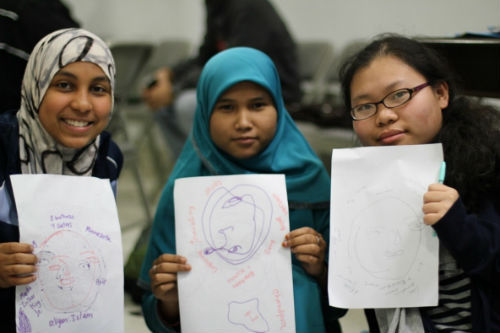
If we want to transform the K-12 education system to meet the needs and challenges of 21st-century citizenship and leadership, we need to ensure global learning is available for all. The world has changed. Content related to global unemployment, terrorism, climate change, disease, and so many other critical global issues inundates our digital devices 24/7. The way we produce communications and the speed at which we can reach global audiences have dramatically changed:
Our children must know the world. Here’s a framework to make that happen.
http://globalcompetencecertificate.org/ #globaledchat @WorldSavvy @AsiaSocietyPGL
Being Global is my new series which will explore the challenges we face and some of the innovative initiatives in the works from education systems and commerce around the world at the forefront of this crucial movement to support teaching and learning for global competence.
THE GLOBAL COMPETENCE CERTIFICATE (GCC) is a new online, graduate-level certificate program in global competence education for in-service educators developed by Teachers College, Columbia University, World Savvy, and the Asia Society. GCC was designed to increase the number of K-12 teachers who are able to teach for global competence. The Global Search for Education welcomes today Bill Gaudelli (Teachers College, Columbia University), Dana Mortenson (World Savvy), and Jessica Kehayes (Asia Society) to discuss this unique, fascinating initiative.
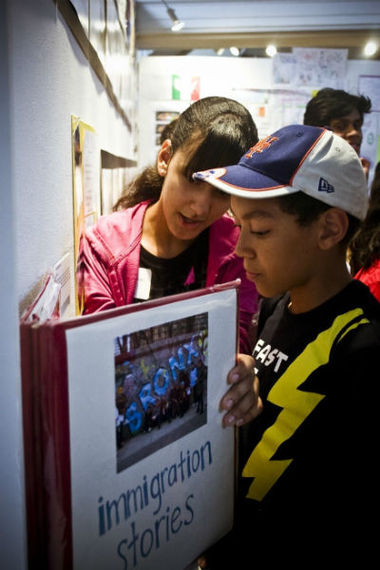
Jessica – Increasing respect is being given to global readiness. Why now?
Education is affected by the same trends we see in business, government and our day-to-day lives: rapid technological advances, increasing interconnectivity, higher levels of diversity, and greater levels of uncertainty in how to handle complex problems. As these trends increase, there is more pressure for the education sector to respond at all levels – this includes a recognition that we must engage with the world in order to better prepare students.
Additionally, as concerns about inequality continue to rise, there is growing appreciation for global readiness. We are hearing a growing call from the international community for education goals related to access, quality, and relevance to be addressed simultaneously, not sequentially, to catalyze upward mobility and provide every child with the skills to address global challenges and spark innovation.
Bill and Dana – How do you rate the capabilities of today’s teachers in teaching global competence?
Decades ago, teachers were chiefly responsible for delivering all content – often acting as the sole arbiter of knowledge dissemination in the classroom. Today, students can access content and information online instantaneously while shaping the media with which they interact. Young people are both consumers and producers of information forcing a change in the role of teacher, from guru to guide. Teachers need to be expert facilitators to help students examine, critique and synthesize information, while developing meaningful connections to their lives. All of this is happening in a considerably more global, interconnected world, which requires a different kind of preparation for young people – critical and creative thinking, empathy, comfort with ambiguity and willingness to change. This profound shift requires a new set of skills and dispositions for educators as well. Since this has not traditionally been a focus of teacher education programs, there is a considerable need for learning programs like the GCC.
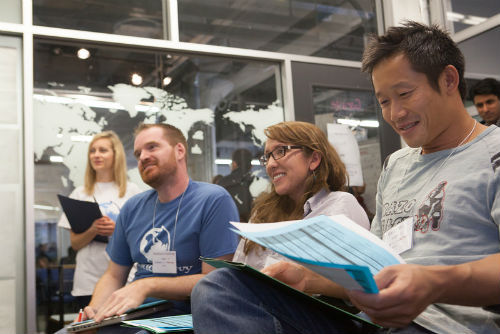
What are the key teaching gaps that need to be addressed? How do teachers in the US rate compared with their European and Asian counterparts?
Teachers everywhere increasingly face the same challenges; maneuvering in a new media-rich, information-saturated environment that requires a thoughtful approach to inquiry. While there are no cross-regional metrics of teacher quality that directly respond to this question, differences that do exist often relate to the amount of professional development afforded educators to support their ongoing intellectual growth. The intensity of effort in teaching multiple sections and large class-sizes suggests a need for system-change that repositions teachers as co-learners and collaborators with their students and colleagues. Such a change is considerable given the deep grove of an industrial mode of schooling that is increasingly outdated and unworkable.
What are the key elements or drivers of your program that are intended to address the needs?
GCC courses include a variety of activities that encourage collaboration with colleagues, co-development of work products, dialoging across and about difference, inquiring into complex subject matter that defy facile explanation, experiencing life in another part of the world and working with colleagues to translate all of this into their classroom teaching. These pedagogical models are all aimed at developing 21st Century skills by allowing teachers to experience their learning about the world so that they can do the same for and with their students.
How large a role will technology play in realizing these goals?
Technology allows teachers in the GCC to access instructors – academics and practitioners – who are the top in their field, from a wide range of disciplines and backgrounds. It also allows teachers from across the country and globe to come together to learn and work collaboratively, and learn from one another, despite geographic distance. Technology also allows these students to build and share portfolios that track their progress and learning over the course of 15 months, allowing for ongoing reflection throughout the program. The structure of the GCC – through technology – allows teachers to build both human and social capital, while building a community of educators who can continue to support one another long after the program concludes.
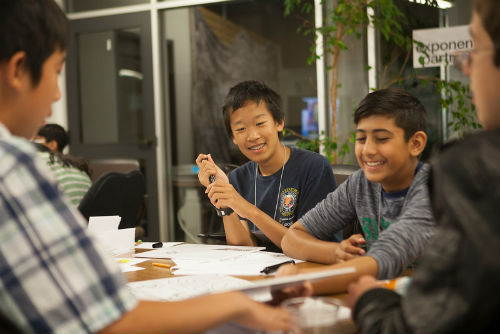
In addition to classroom teaching, what other learning experiences would be valuable for K-12 students to develop global competence?
For students today to build global competence, classroom learning that allows them to take ownership over their learning and make content relevant to the real world is critical. Tackling complexity in the classroom, working in teams, and learning to identify and consider multiple perspectives are also key. Beyond that, students who have opportunities to expand their learning through exposure to new experiences that stretch their cultural boundaries – like travel and service learning – can be transformational for young people. These are such important chances to take what they learn in the classroom and to see and apply it in the real world, and understand how to navigate change and unfamiliar situations.
What do you think are the best ways to expose students to global cultures and make them comfortable and capable in those environments?
Global travel can have a profound impact on students, but so can exposure to new cultures, communities and groups of people within students’ home communities. The demographics of the US are changing so rapidly that in this country, so many locales are ‘global’ now, offering opportunities to learn and explore with peers from a diverse range of ethnic and cultural backgrounds. So often – regardless of where students are from – they tend to stay in their neighborhoods, and in groups that are known and familiar to them. Opportunities that allow students to work together, sharing perspectives and solving problems across those divides, are invaluable to build global competence.
Jessica – Where does your program fit or compliment the other global programs currently available for students, e.g. the International Baccalaureate?
Asia Society supports and promotes globally-focused education, including the learning of world languages, as well as cultivates opportunities to learn from innovations in education around the world. We work collaboratively with many partners to help all students graduate globally competent and ready for college and careers. In addition to our initiatives, Asia Society uniquely serves as a platform for dialogue and has devoted considerable effort to raising awareness and building thought leadership in the global education field, including advancing a definition of global competence (which was created with CCSSO and formally adopted by the US Department of Education) and leading numerous networks to connect and collaborate across the field and advance learning for all students.
(Photos are courtesy of World Savvy Organization) (Photo Nos 3 and 4 are courtesy of Katie DelaVaughn)


Join me and globally renowned thought leaders including Sir Michael Barber (UK), Dr. Michael Block (U.S.), Dr. Leon Botstein (U.S.), Professor Clay Christensen (U.S.), Dr. Linda Darling-Hammond (U.S.), Dr. MadhavChavan (India), Professor Michael Fullan (Canada), Professor Howard Gardner (U.S.), Professor Andy Hargreaves (U.S.), Professor Yvonne Hellman (The Netherlands), Professor Kristin Helstad (Norway), Jean Hendrickson (U.S.), Professor Rose Hipkins (New Zealand), Professor Cornelia Hoogland (Canada), Honourable Jeff Johnson (Canada), Mme. Chantal Kaufmann (Belgium), Dr. EijaKauppinen (Finland), State Secretary TapioKosunen (Finland), Professor Dominique Lafontaine (Belgium), Professor Hugh Lauder (UK), Lord Ken Macdonald (UK), Professor Geoff Masters (Australia), Professor Barry McGaw (Australia), Shiv Nadar (India), Professor R. Natarajan (India), Dr. Pak Tee Ng (Singapore), Dr. Denise Pope (US), Sridhar Rajagopalan (India), Dr. Diane Ravitch (U.S.), Richard Wilson Riley (U.S.), Sir Ken Robinson (UK), Professor PasiSahlberg (Finland), Professor Manabu Sato (Japan), Andreas Schleicher (PISA, OECD), Dr. Anthony Seldon (UK), Dr. David Shaffer (U.S.), Dr. Kirsten Sivesind (Norway), Chancellor Stephen Spahn (U.S.), Yves Theze (LyceeFrancais U.S.), Professor Charles Ungerleider (Canada), Professor Tony Wagner (U.S.), Sir David Watson (UK), Professor Dylan Wiliam (UK), Dr. Mark Wormald (UK), Professor Theo Wubbels (The Netherlands), Professor Michael Young (UK), and Professor Minxuan Zhang (China) as they explore the big picture education questions that all nations face today. The Global Search for Education Community Page
C. M. Rubin is the author of two widely read online series for which she received a 2011 Upton Sinclair award, “The Global Search for Education” and “How Will We Read?” She is also the author of three bestselling books, including The Real Alice in Wonderland, is the publisher of CMRubinWorld, and is a Disruptor Foundation Fellow.
Follow C. M. Rubin on Twitter: www.twitter.com/@cmrubinworld

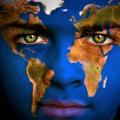
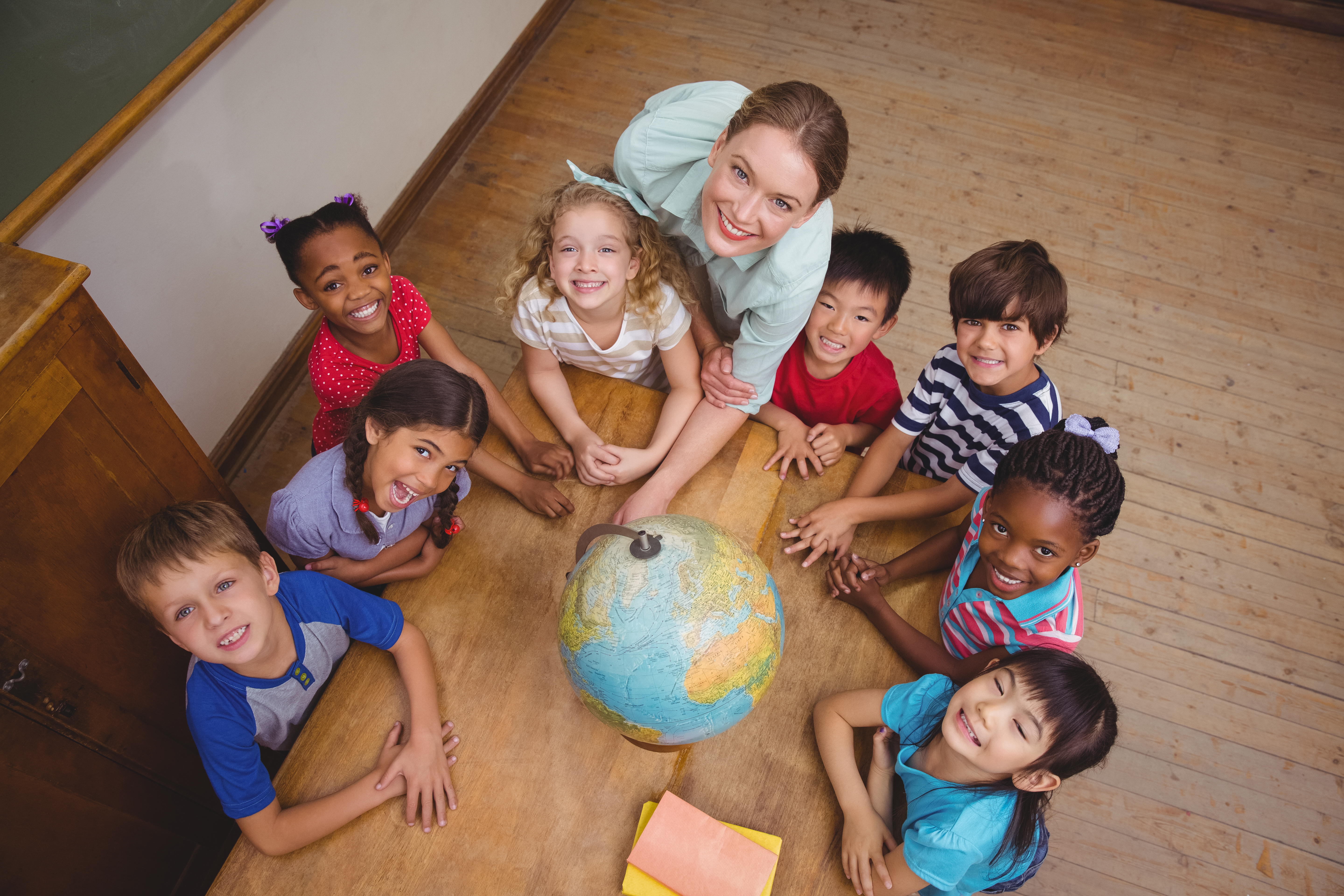

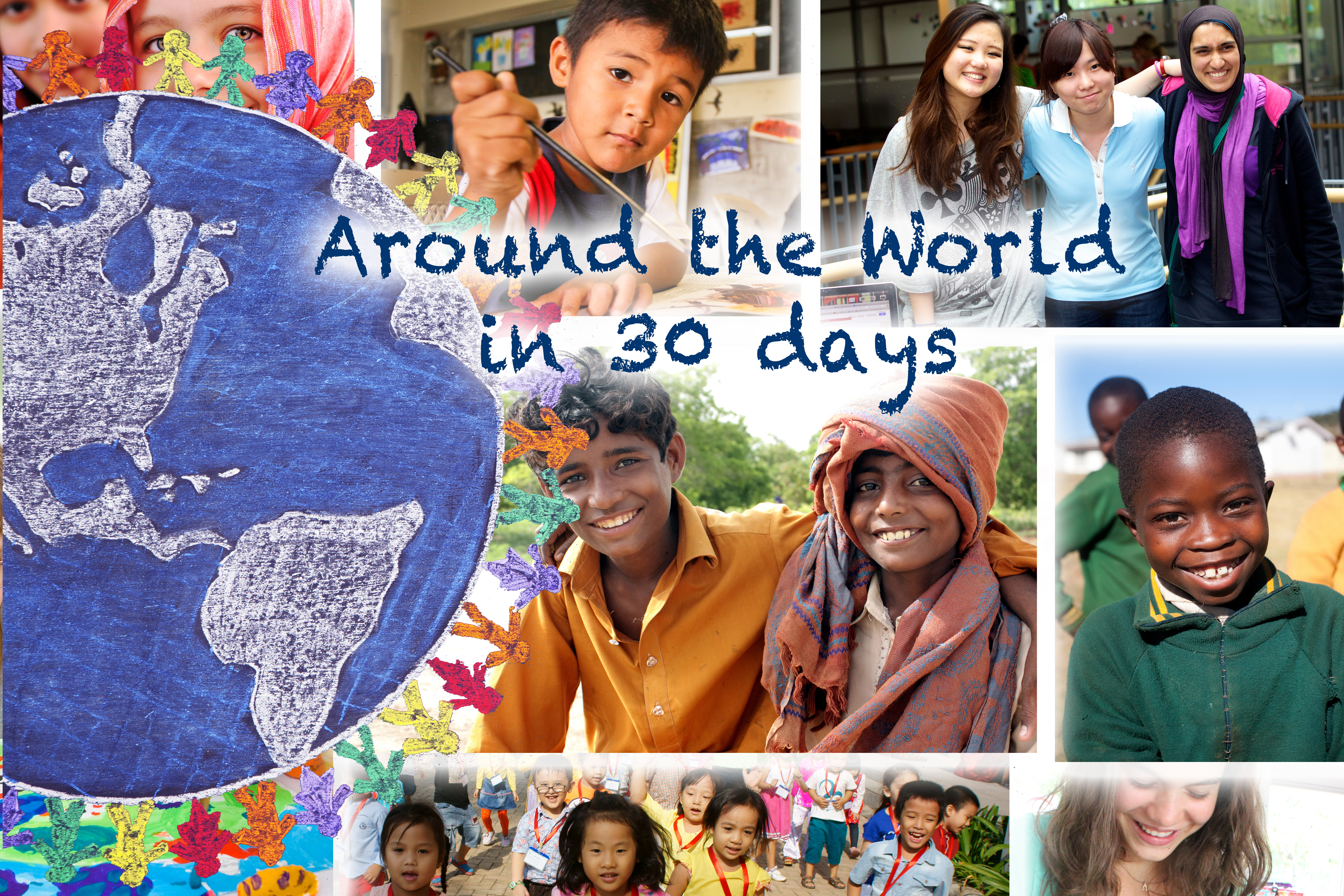
Recent Comments